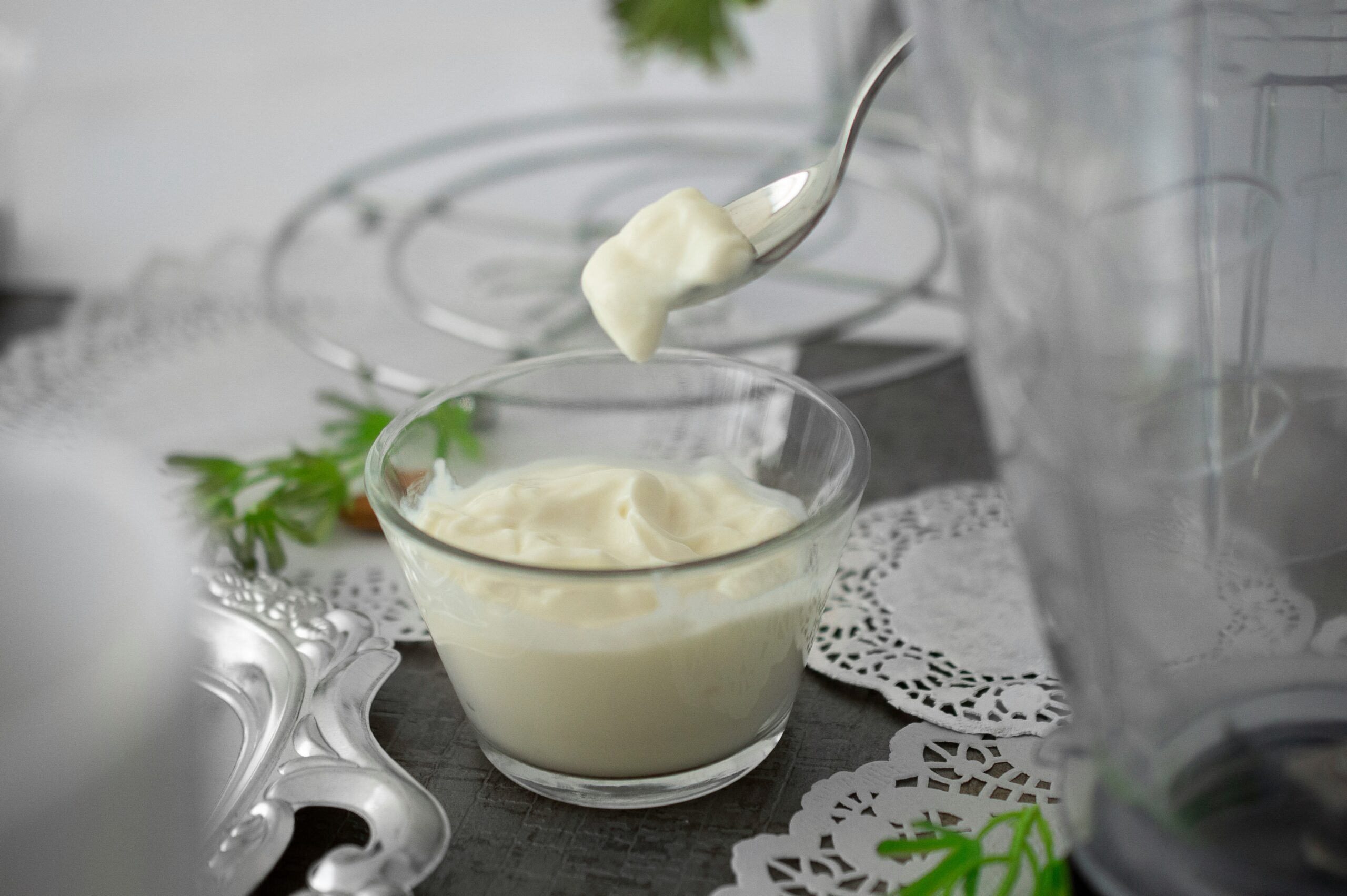 Why your yoghurt might feel slimy—and how to prevent it with the right culture and processing hygiene.
Why your yoghurt might feel slimy—and how to prevent it with the right culture and processing hygiene.
🧪 What Is Ropiness?
Ropiness is a yoghurt texture defect characterised by an unpleasantly slimy, stringy, or mucous-like consistency. The yoghurt may stretch like threads when lifted with a spoon, making it unappealing to most consumers.
Although some thicker yoghurts use controlled viscosity enhancers, true ropiness caused by microbial spoilage is considered a defect and can indicate poor processing control or contamination.
⚠️ Why Ropiness Is a Problem
- ❌ Unpleasant or “slimy” mouthfeel
- ❌ Consumer complaints and reduced product trust
- ❌ Inconsistent texture across batches
- ❌ Shortened shelf life
- ❌ Increased risk of spoilage and waste
🔍 What Causes Ropiness?
Ropiness usually results from exopolysaccharide (EPS)-producing spoilage organisms, or from the misuse of yoghurt cultures.
Common causes include:
- Contaminants like Alcaligenes viscolactis, Klebsiella spp., or Enterobacter spp.
- Uncontrolled EPS production from yoghurt cultures
- Over-incubation or culture overdose
- Poor equipment hygiene or contaminated water
- Unpasteurized or poorly treated milk
✅ Role of Cultures in Ropiness
While controlled EPS production from selected yoghurt cultures can improve body and creaminess, excessive or uncontrolled EPS activity results in ropy, stringy yoghurt.
That’s why we recommend:
🧫 Lyofast Y438 B
Lyofast Y438 B is a premium freeze-dried yoghurt culture designed for:
- ✔️ Smooth, stable texture
- ✔️ Controlled viscosity without ropiness
- ✔️ Consistent acidification at standard incubation temperatures
- ✔️ Ideal for set, stirred, and drinking yoghurts
It contains carefully selected Lactobacillus delbrueckii subsp. Bulgaricus and Streptococcus thermophilus, optimised to prevent excessive EPS or post-acidification.
🧼 How to Prevent Ropiness in Yoghurt
Follow these 7 best practices to ensure a ropiness-free, smooth yoghurt:
- ✅ Use Clean, Verified Cultures
– Choose cultures like Lyofast Y438 B that offer balanced viscosity without over-thickening or slime formation. - ✅ Maintain Strict Hygiene
– Sanitise all equipment, filler heads, tanks, and lines daily. - ✅ Pasteurise Properly
– Heat milk to 85–95°C to eliminate spoilage microbes. - ✅ Monitor Dosage & Incubation Time
– Avoid over-inoculation and keep fermentation within 4–6 hours at 42–44°C. - ✅ Control EPS Production
– Use stabilisers only when necessary, and avoid using high-EPS cultures unless the texture goal requires it. - ✅ Use Clean, Treated Water
– Water used for cleaning or formulation must be microbiologically safe. - ✅ Maintain Cold Chain
– Store yoghurt below 4°C to suppress microbial growth post-production.
🔬 What We Offer
At Dairy and Food Consulting Ltd, we supply:
- 🧫 Lyofast Y438 B yoghurt culture for clean, stable, ropiness-free yoghurt
- 🧪 Starter cultures for yoghurt, kefir, lala, cheese & more
- ⚙️ Technical support on formulation, hygiene, incubation & troubleshooting
- 🧴 Solutions for stabilisers, preservatives, and shelf-life extension
📩 Say Goodbye to Ropy Yoghurt
If you’re seeing inconsistent texture, customer complaints, or product instability, we can help you create smooth, professional-quality yoghurt—batch after batch.